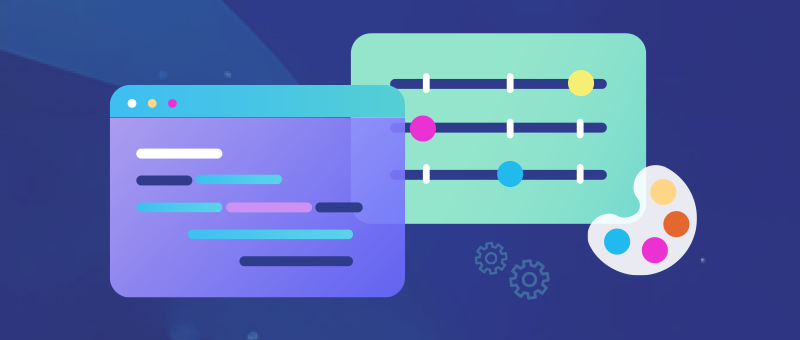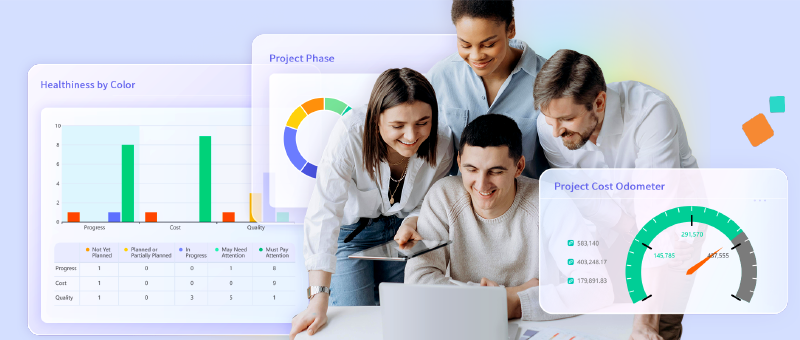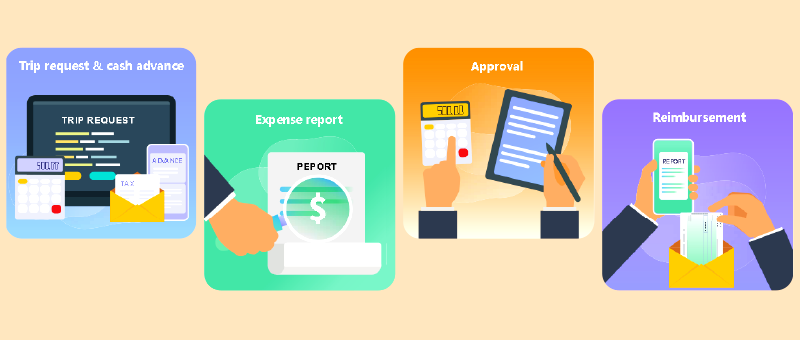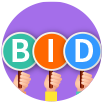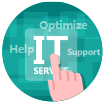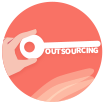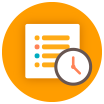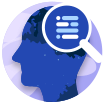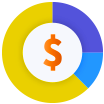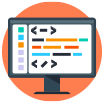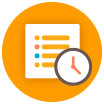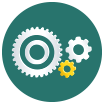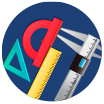Special News
Guide to Choosing Project Management Tools
2024-08-15
Project management software provides a unified framework for teams, ensuring that each project proceeds in an organized manner. The rise of remote work and distributed teams has amplified the importance of these tools to unprecedented levels. Additionally, the integration of new technologies like AI and ongoing innovations have contributed to the continuous growth of project management products.
Essential Features of Project Management Software
1.Project Planning
Project planning is the cornerstone of achieving objectives. Project management software should support the creation of clear task timelines and Gantt charts to help teams track overall project progress, ensuring that each critical milestone is met as planned.
2.Task Assignment
In large teams, task assignment is not just a basic function but a crucial step in ensuring teamwork and clarity of responsibility. Project management software should offer an intuitive interface that makes it easy to assign tasks to the right team members while ensuring that everyone clearly understands their responsibilities and expected outcomes.
3.Time Tracking
Efficiency stems from effective time management. Project management software should include time tracking tools, such as Gantt charts, to visualize project progress. This helps team leaders monitor time allocation and task completion, ensuring that projects are delivered on time.
4.Team Collaboration
Regardless of the geographical distribution of team members, project management software should offer comprehensive collaboration tools, including real-time messaging, file sharing, task comments, and mention features, to facilitate seamless communication and idea-sharing among team members.
5.Data Reporting and Insights
Project management software should provide in-depth data reporting features, including task completion rates, resource allocation efficiency, and other key performance indicators. These insights are crucial for management to make data-driven decisions.
Popular Project Management Software
The market is flooded with dozens of project management software options, and testing each one to determine which is best suited to your needs can be time-consuming.
This article consolidates information from overseas review sites like G2 and introduces five popular project management software providers, along with their ideal use cases, strengths, and weaknesses:
1.Project Lifecycle Management Software: 8Manage PM
Ideal Use Case: Project collaboration, complex/multi-project management, small to medium-sized teams with diverse management needs. It is widely used across various industries, including software/IT, high-tech, manufacturing, professional services, automotive, and energy. Notable clients include China Mobile, China Southern Airlines, Fujitsu, and Wheelock.
Features: 8Manage PM is a comprehensive solution that offers project management, portfolio management, project planning, risk management, progress management, approvals, and briefings.
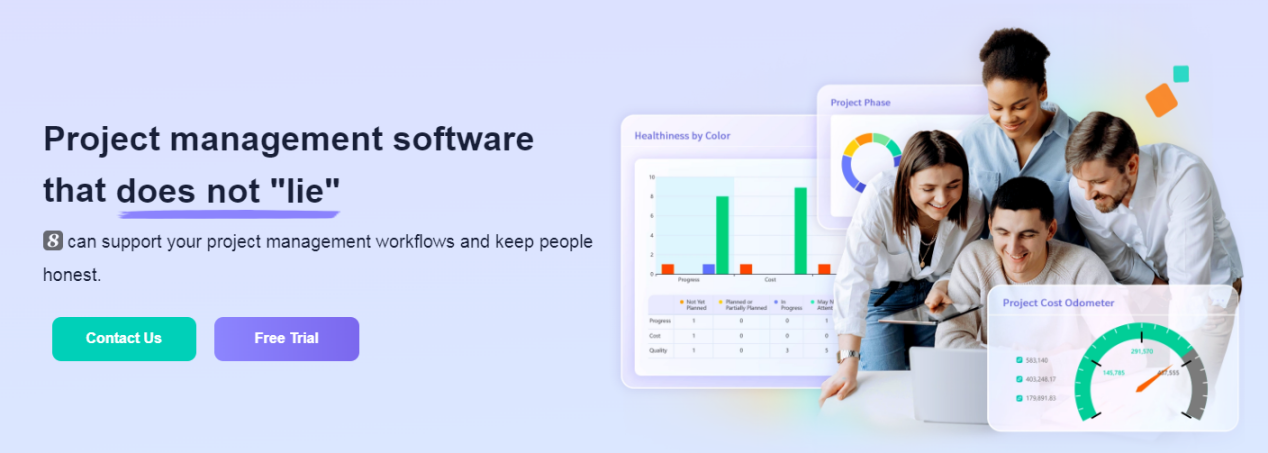
Key capabilities include:
● Project Decomposition: Breaking down large tasks into subtasks (WBS), assigning responsible individuals, timeframes, and deliverables.
● Task Assignment: Assigning specific tasks to team members, ensuring clarity of work.
● Task Progress Tracking: Closely monitoring task progress to ensure timeliness.
● Automated Reminders: Automatically sending task deadline reminders to responsible parties.
● Collaboration and Communication: Providing comment, chat, and file-sharing functions to enhance team communication.
● Priority and Deadline Management: Planning work based on task urgency and deadlines.
● Gantt Chart Visualization: Visually displaying task progress, giving the team a clear overview of the project.
● Reporting and Analysis: Regularly analyzing project progress to identify and resolve issues.
● Work Hour Statistics: Recording team members work hours for performance evaluation.
Advantages:
● Strong customization capabilities, allowing teams to build tailored project templates and management processes.
● Supports private deployment, secondary customization, buyout, SaaS, and integration.
● Multi-language support and mobile apps make collaboration easy, regardless of location.
In summary, 8Manage PM provides a comprehensive solution for teams striving for efficiency.
2.General Project Management Software: Asana
Ideal Use Case: Marketing and IT projects, particularly well-suited for multinational teams.
Features/Problems Solved:
● Supports Kanban management, providing a clear view of work stages.
● Gantt charts for orderly project planning and timely reminders to avoid delays.
● Integration with over 100 office applications, including email.
● View team members tasks and priorities.
● Supports establishing task dependencies.
● Supports setting up personal work management areas to distinguish between personal and team projects.
Advantages:
Asana stands out with its intuitive user interface, making task management simpler. Unlike conventional Kanban boards, Asana offers multiple view options, such as lists and calendars, and strong integration capabilities, making it easy to collaborate with other commonly used tools.
3.Personal Project Management App: Trello
Ideal Use Case: Particularly suitable for project teams that need to quickly set up workflows and iterate. It is especially friendly to small to medium-sized teams, particularly those adopting Agile or Kanban methods.
Features/Problems Solved:
● Trello’s boards can match almost any workflow, meeting various project management needs. For example, it can be categorized by business team (HR, sales, marketing, design, etc.), board type (projects, meetings, brainstorming, etc.), strategic plans, or any other content.
● Trello is inherently visual, providing a clear overview of the entire project, making it easy to see who is doing what and what still needs to be done.
● It has some automation capabilities, such as automatically executing tasks built into the app, automatically adding or removing labels, assigning or reassigned cards, and scheduling tasks.
● Includes essential project management features like Gantt charts, task dependencies, etc.
Advantages:
● The basic version is free, and the paid version is not charged per person but by project count, allowing unlimited collaboration.
● Some automation capabilities help automatically execute certain operations.
● The software is more suitable for freelancers, supporting multiple mobile devices.
● Developer API support.
4.Open Source Project Management Software: Redmine
Ideal Use Case: Teams that want customization, budget-conscious teams.
Features/Problems Solved:
● Issue Tracking: Users can report, classify, track, and manage issues, whether they are software defects or task requirements.
● Multi-Project Support: Manage multiple projects simultaneously, with independent tools and interfaces for each project.
● Flexible Roles and Permission Management: Allows administrators to customize different permissions for different users and roles, ensuring team members can only access and edit the content they need.
● Gantt Charts and Calendars: These visual tools help project managers track progress and milestones on a timeline.
● Time Tracking: Record the time spent on specific tasks or issues for a better understanding of project progress and resource allocation.
● News, Document, and File Management: Publish news, share documents, and store files, ensuring all materials are easily accessible in one place.
● Version Control Integration: Redmine can integrate with various version control systems (e.g., Git, Subversion), helping software development teams better manage code.
Advantages:
Open-source and free, customizable, multi-language support, relatively rich project management capabilities.
5.Software Development Project Management Tool: Jira
Ideal Use Case: Bug tracking, Agile development, large organizations.
Features/Problems Solved:
● Task Tracking: Easily create, assign, and track tasks, stories, and bugs.
● Workflow Customization: Adjust task workflows according to the specific needs of the team.
● Agile Support: Includes Scrum and Kanban boards to help teams operate efficiently in Agile projects.
● Data Reporting: Provides burn-down charts, sprint reports, etc., to understand project progress.
● Search Functionality: Use JQL queries to precisely filter tasks.
● Integration and Extensions: Integrates with various other tools, such as Confluence and Bitbucket, with a large number of available plugins.
● Versions and Components: Helps plan and track product versions and task categorization.
Advantages:
Jiras strengths lie in its flexible configuration, comprehensive features, easy deployment, and rich extensions.
Final Thoughts
Project management software has become an essential tool for modern enterprises and teams, playing an indispensable role in helping us efficiently complete tasks and achieve project goals. However, remember that there is no "best" software, only the "most suitable." When choosing software, always start with the actual needs of you and your team.
Most popular

How IPD drives product R&D toward commercial success

Top procurement management systems to elevate your business in 2025

Are your project managers ready for AI?
Related articles
2025 Best team project management software: Top picks by category
2025-02-06
Top 5 project timesheet management systems: A comprehensive comparison
2025-01-22
Optimizing IT projects with agile development practices
2025-01-14
5 Key benefits of agile project: Why it’s Ideal for modern projects
2025-01-13
Optimizing research with project management systems: Key functions and benefits
2025-01-09
Previous Article >
Why is Supplier Management So Important? A Detailed Analysis
Why is Supplier Management So Important? A Detailed Analysis



